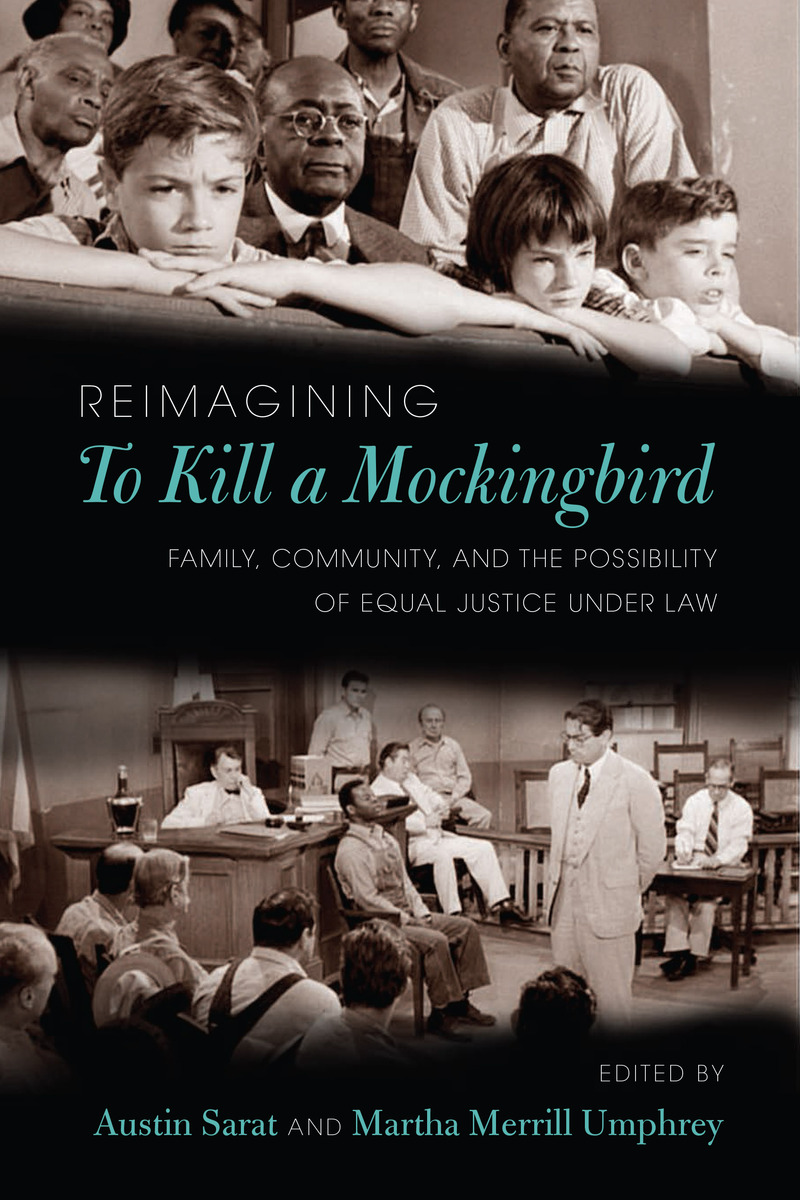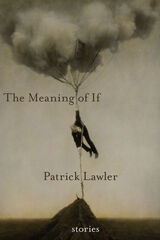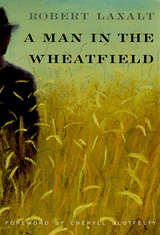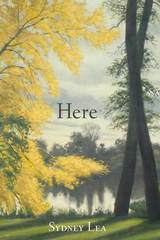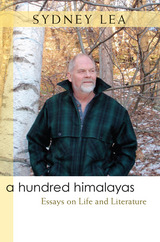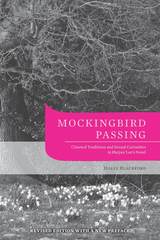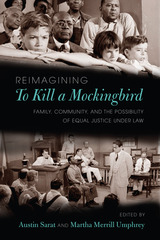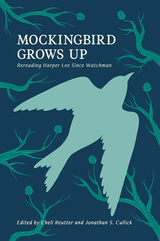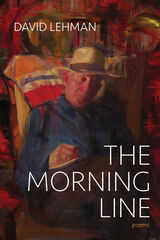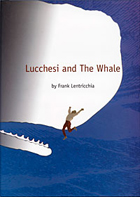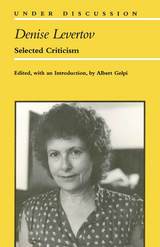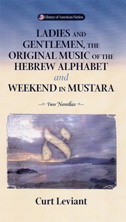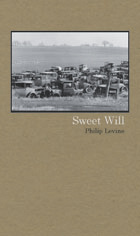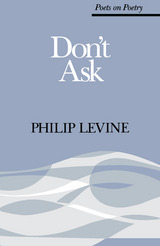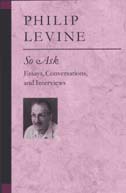Reimagining "To Kill a Mockingbird": Family, Community, and the Possibility of Equal Justice under Law
University of Massachusetts Press, 2013
eISBN: 978-1-61376-271-4 | Cloth: 978-1-62534-015-3 | Paper: 978-1-62534-016-0
Library of Congress Classification PS3562.E353T654 2013
Dewey Decimal Classification 813.54
eISBN: 978-1-61376-271-4 | Cloth: 978-1-62534-015-3 | Paper: 978-1-62534-016-0
Library of Congress Classification PS3562.E353T654 2013
Dewey Decimal Classification 813.54
ABOUT THIS BOOK | AUTHOR BIOGRAPHY | REVIEWS
ABOUT THIS BOOK
Fifty years after the release of the film version of Harper Lee's acclaimed novel To Kill a Mockingbird, this collection of original essays takes a fresh look at a classic text in legal scholarship. The contributors revisit and examine Atticus, Scout, and Jem Finch, their community, and the events that occur there through the interdisciplinary lens of law and humanities scholarship.
The readings in this volume peel back the film's visual representation of the many-layered social world of Maycomb, Alabama, offering sometimes counterintuitive insights through the prism of a number of provocative contemporary theoretical and interpretive questions. What, they ask, is the relationship between the subversion of social norms and the doing of justice or injustice? Through what narrative and visual devices are some social hierarchies destabilized while others remain hegemonic? How should we understand the sacrifices characters make in the name of justice, and comprehend their failures in achieving it?
Asking such questions casts light on the film's eccentricities and internal contradictions and suggests the possibility of new interpretations of a culturally iconic text. The book examines the context that gave meaning to the film's representation of race and how debates about family, community, and race are played out and reframed in law.
Contributors include Colin Dayan, Thomas L. Dumm, Susan Sage Heinzelman, Linda Ross Meyer, Naomi Mezey, Imani Perry, and Ravit Reichman.
The readings in this volume peel back the film's visual representation of the many-layered social world of Maycomb, Alabama, offering sometimes counterintuitive insights through the prism of a number of provocative contemporary theoretical and interpretive questions. What, they ask, is the relationship between the subversion of social norms and the doing of justice or injustice? Through what narrative and visual devices are some social hierarchies destabilized while others remain hegemonic? How should we understand the sacrifices characters make in the name of justice, and comprehend their failures in achieving it?
Asking such questions casts light on the film's eccentricities and internal contradictions and suggests the possibility of new interpretations of a culturally iconic text. The book examines the context that gave meaning to the film's representation of race and how debates about family, community, and race are played out and reframed in law.
Contributors include Colin Dayan, Thomas L. Dumm, Susan Sage Heinzelman, Linda Ross Meyer, Naomi Mezey, Imani Perry, and Ravit Reichman.
See other books on: Community | Law in literature | Possibility | Reimagining | Sarat, Austin
See other titles from University of Massachusetts Press
